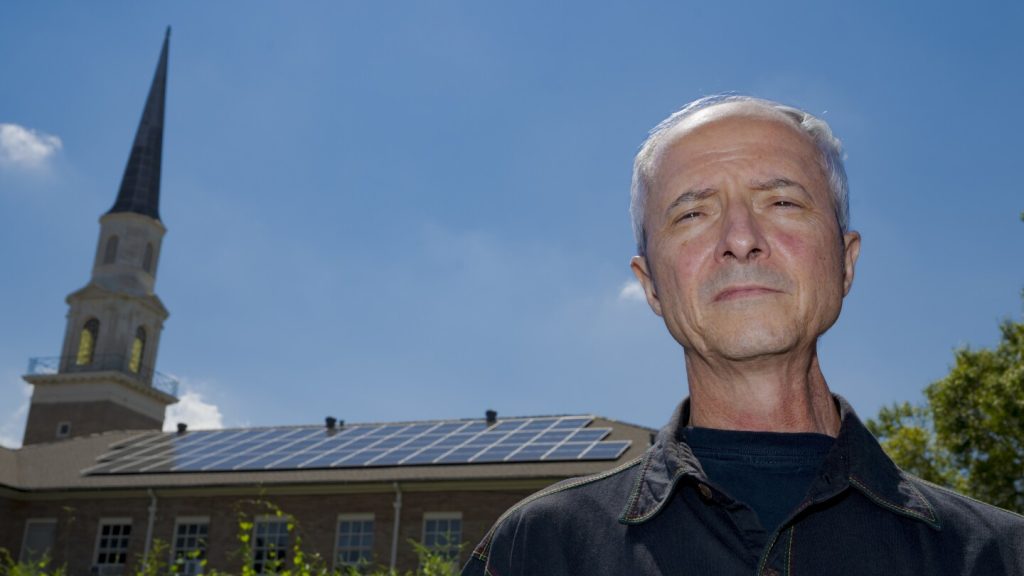As Hurricane Helene approaches the U.S. Gulf Coast, concerns arise about potential blackouts in some areas. For individuals like Verna Lee and her husband Ronald Bailey in New Orleans, power outages pose a significant threat, particularly for Bailey who relies on a breathing machine to keep his airways open at night. The decision to stay or evacuate amid blackouts is a stressful one, with the couple facing challenges during Hurricane Francine two weeks ago. Fortunately, they found refuge at a neighborhood church, where they were able to charge Bailey’s machine and rest comfortably during the storm.
The Community Lighthouse Project in New Orleans is an initiative focused on providing essential services like electricity and air conditioning to communities facing blackouts during hurricanes. By installing solar panels on church roofs, the project turns these buildings into microgrids that can generate and store their own electricity. This self-sustaining approach ensures that essential services remain operational even during power outages caused by severe weather events like hurricanes. With nine operating microgrids in New Orleans currently, the project plans to expand to 86 across the city and 500 throughout the state.
Broderick Bagert, a founding member of the Community Lighthouse Project, was inspired to create the initiative after experiencing difficulties during Hurricane Isaac in 2012. The lack of safe spaces to go during storms prompted Bagert to advocate for community resilience through microgrid systems. With an increasing frequency of severe hurricanes and typhoons affecting vulnerable communities worldwide, projects like the Community Lighthouse initiative have the potential to provide critical support during emergencies.
First Grace United Methodist Church, a key partner in the Community Lighthouse Project, holds symbolic significance in New Orleans. Formed after Hurricane Katrina devastated two churches in 2005, the merging of a historically white and Black congregation represents a commitment to community solidarity. The church’s resilience during Hurricane Ida, when Tesla batteries powered by solar panels kept the facility operational, highlights the importance of preparedness in the face of climate-related disasters.
The success of the Community Lighthouse Project extends beyond individual churches to larger facilities like New Wine Christian Fellowship in LaPlace. Serving as the state’s largest solar-plus-battery microgrid, New Wine provides shelter for community members during severe weather events. With funding from various sources, including congressional allocations and support from cities in Louisiana, the project is expanding its reach to address the widespread impact of power outages on vulnerable populations in the region.
Arthur Lee, president of Bethlehem Lutheran Church, another microgrid facility, emphasizes the chaotic and unsafe nature of power outages in New Orleans. The presence of microgrids as safe havens during emergencies offers a sense of community and support for individuals facing disruptions due to blackouts. By providing a reliable source of electricity and essential services, these microgrid initiatives play a crucial role in enhancing resilience and preparedness in the face of climate-related disasters.


